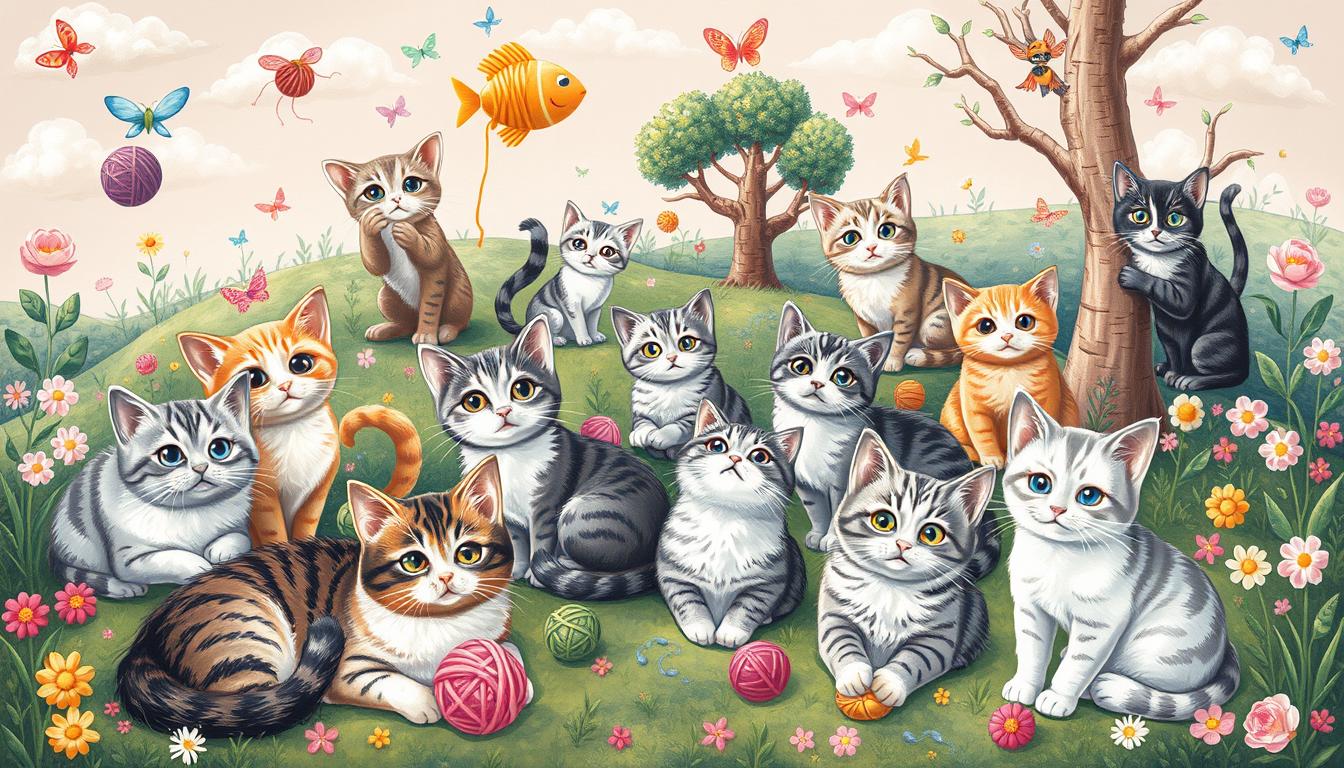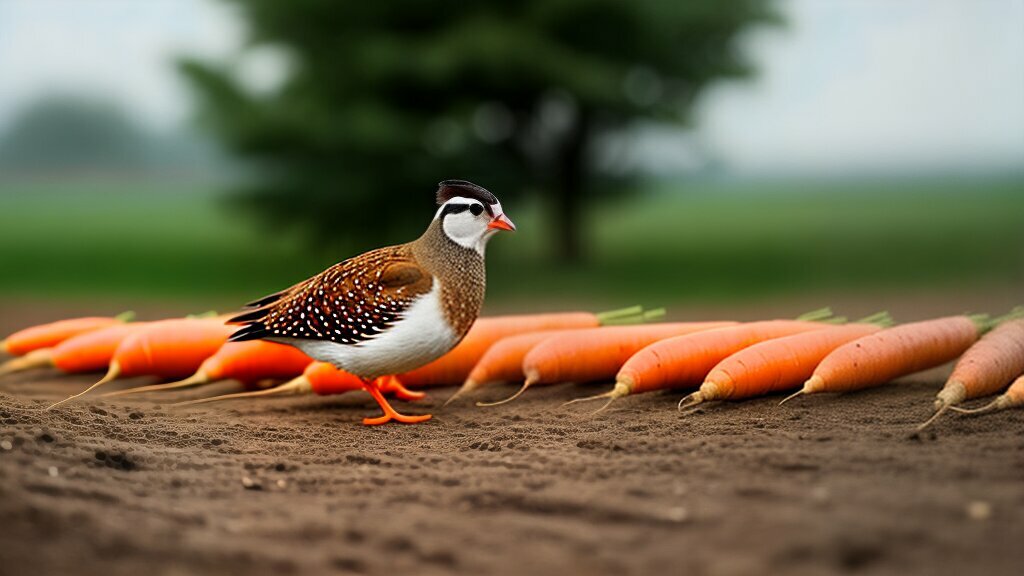10 Interesting Facts About Polar Bears – Amazing Animals

Table of content:
Polar bears, also known as Ursus maritimus, live in the cold Arctic. They are the biggest land meat-eaters. Canada has most of the world’s polar bears, making it a great place for those who love wildlife and want to help protect it.
Male polar bears can be as heavy as 600 kilograms (1,300 pounds). Females are lighter, weighing between 150 to 290 kilograms (330 to 650 pounds). They can grow up to 3 meters (10 feet) long and 1.5 meters (5 feet) tall when standing on all fours.
Polar bears live in the Arctic Ocean and are marine mammals. They can travel over 3,000 kilometers a month. Their newborn cubs are small but grow fast, gaining a lot of weight in just a few months.
Polar bears are facing many dangers, like climate change and oil and gas activities. These threats make them vulnerable. The International Union for Conservation of Nature (IUCN) says they need our help to survive.
Polar Bear Classification and Habitat
Polar bears are the only bears that live in the water. They need the Arctic sea ice to survive. They live in the Arctic Circle, mostly in Canada, the United States, Russia, Norway, and Greenland. Canada has about two-thirds of the world’s polar bears.
Marine Mammal Characteristics
Polar bears are big, up to 3 meters long and 800 kg heavy. They are the biggest bears and land carnivores. Their thick fur and fat keep them warm in the cold Arctic.
Geographic Range and Distribution
Polar bears live in the Arctic Circle. They are found in the Arctic Ocean’s sea ice and coastal areas. There are about 26,000 wild polar bears, mostly in Canada.
Ice-Dependent Lifestyle
Polar bears hunt seals on the sea ice. They also use the ice for breeding and roaming. But, the melting sea ice is a big problem for them.
Physical Adaptations for Arctic Survival
Polar bears are amazing creatures. They have special fur, big paws, and fat layers. These help them survive the cold and move on the ice.
Unique Fur: Black Skin and Translucent Coat
Polar bears have clear, hollow hairs that look white but are really translucent. Their black skin helps them get warm from the sun. Their fur traps air, keeping them warm against the wind.
Large Paws for Swimming and Traction
Polar bears have huge paws, up to 30 centimeters wide. These act like snowshoes. Their fur and big paws help them swim well, using their front paws as paddles and back paws as rudders.
Insulating Fat Layers
Polar bears have a thick layer of blubber, up to 50% of their body weight. This keeps them warm and gives them energy when food is scarce. Their fur, black skin, and fat layers let them handle -50°F (-45°C) temperatures easily.
These amazing adaptations come from millions of years of evolution. They let polar bears live in one of the toughest places on Earth. Knowing how they survive helps us understand their strength and the challenges they face.
Hunting and Feeding Behavior
Polar bears mainly eat meat, like ringed and bearded seals. They use different hunting strategies. These include breaking into dens, waiting at seal breathing holes, or stalking seals by the water.
They can eat over 45 kilograms of blubber at once. This helps them get fat. They are called “lipovores” because they need marine fat for energy. When food is scarce, they can go without eating for a long time.
Primary Diet: Seal Hunting Strategies
Polar bears mainly hunt ringed and bearded seals. They use their great smell to find where seals live. They hunt in different ways, like:
- Breaking into seal pupping dens to catch newborn pups
- Waiting patiently at seal breathing holes for seals to surface
- Stalking seals at the water’s edge or on ice floes
Opportunistic Feeding on Carcasses
Polar bears also eat dead whales, walruses, and other sea animals. They can smell a carcass from almost 20 miles away. This helps them get food when seals are hard to find.
Seasonal Fasting and Energy Conservation
Polar bears may not eat for a long time, especially in summer and fall. This is when sea ice is gone and it’s hard to find seals. Pregnant females can go without eating for up to eight months. They use their fat to keep warm and save energy. This helps them survive in the challenging Arctic ecosystem and keep the food chain balanced.
Sensory Abilities and Intelligence
Polar bears are amazing animals. They have great senses that help them survive in the cold Arctic. Their smell is super strong. They can smell seals up to 32 kilometers away.
They can even find seal dens under snow from a mile away. This helps them hunt seals, their main food.
Polar bears are mostly solitary animals. But they show smart thinking by solving problems. They adapt to living on ice and show complex social behaviors.
They talk and act in special ways during mating or when with their cubs.
Highly Developed Sense of Smell
Polar bears can smell seven times better than bloodhounds. Their smell is so strong. They can find and track prey in the vast Arctic.
Problem-Solving Skills in the Wild
Polar bears are smart and can solve problems. They travel long distances and find their way home. Their smarts help them live in the changing Arctic.
Communication and Social Behaviors
Polar bears have a complex way of talking and acting. They use sounds and body language to send messages. They also leave scent trails and rub against trees.
This creates a “daily newspaper” for other bears to read. It helps them understand each other’s messages.
Reproduction and Life Cycle
Polar bears have a special mating season and denning behavior. This helps them survive in the cold Arctic. In the spring, male polar bears fight to win over females.
The time it takes for a polar bear to have cubs is special. It’s delayed to make sure cubs are born when it’s safest.
Mating Habits and Denning Behavior
Female polar bears dig dens in snow banks when they’re pregnant. These dens are where they give birth and take care of their polar bear cubs. The cubs are tiny at first, weighing about 500 grams.
The mother’s care is key for the cubs to grow and live. It’s very important for their survival and growth.
Cubs: Birth, Growth, and Survival Challenges
Polar bear cubs grow fast, reaching 11-14 kilograms in just 2-3 months. Their mother’s milk is very fatty, up to 31% fat. But, many cubs don’t make it past their first year.
Sea ice loss and learning to hunt on their own are big challenges. These can be threats to their survival.
Polar bear reproduction shows how well they adapt to the Arctic. Their denning behavior and fast growth help them survive. These strategies help their species thrive despite tough conditions.
Adaptation to Climate Change
The Arctic is changing fast because of climate change. The polar bears’ sea ice home is getting smaller. This makes them change how they move and act to stay alive.
Changes in Ice Patterns and Migration
Sea ice in the Arctic has gone down a lot since 1979. Temperatures are rising faster there than anywhere else. This means polar bears have to swim long distances to find food and a place to live.
Behavioral Adjustments in a Warming Arctic
Polar bears are trying to adapt to the changing climate. They are eating different things and finding new places to den. But, they can’t keep up with how fast things are changing.
As the ice melts, polar bears are spending more time on land. They don’t have enough to eat there. This could make them very sick and might even make them disappear in many places.
Conclusion
Polar bears, the iconic ambassadors of the Arctic, face an uncertain future. Their environment is changing fast because of climate change. These amazing animals need our help to survive.
They depend on sea ice and healthy Arctic ecosystems. Now, they are considered endangered. We must work hard to save them.
There is hope for polar bears and the Arctic’s biodiversity. We can learn more about them and help. By knowing about their smell, problem-solving, and strength, we can help protect them.
As the Arctic changes, polar bears’ future is unsure. But, we can make a difference. Together, we can ensure they thrive and the Arctic’s beauty is preserved for future generations.
Welcome. I’m Adreena Shanum, the proud owner of this website, and I am incredibly passionate about animals, especially poultry. I founded adreenapets.com as a labor of love, stemming from my desire to share my knowledge and experiences with poultry enthusiasts worldwide.




